To describe externals, you become a scientist. To describe experience, you become an artist

To describe externals, you become a scientist. To describe experience, you become an artist
Timothy Leary, a psychologist and advocate for the use of psychedelic drugs, was a man who straddled the line between science and art in his work and personal life. His famous quote, "To describe externals, you become a scientist. To describe experience, you become an artist," perfectly encapsulates his approach to understanding the human mind and consciousness.Leary was a scientist in the traditional sense, having earned a Ph.D. in psychology from the University of California, Berkeley. He conducted research on the effects of psychedelics such as LSD and psilocybin on the human mind, seeking to understand how these substances could be used to expand consciousness and promote personal growth. His scientific approach to studying these drugs led to groundbreaking discoveries about the potential benefits of psychedelics for mental health and spiritual exploration.
However, Leary was also an artist in his own right. He was a charismatic and flamboyant figure who used his personal experiences with psychedelics to inspire others to explore their own consciousness. He believed that the psychedelic experience was a form of artistic expression, a way to tap into the creative potential of the mind and unlock new ways of thinking and being.
Leary's work as both a scientist and an artist was deeply intertwined with his personal philosophy of "turn on, tune in, drop out." He believed that by expanding our consciousness through psychedelic experiences, we could break free from the constraints of society and discover our true selves. This philosophy was both a scientific hypothesis and an artistic vision, a way of understanding the world and our place in it through the lens of personal experience.
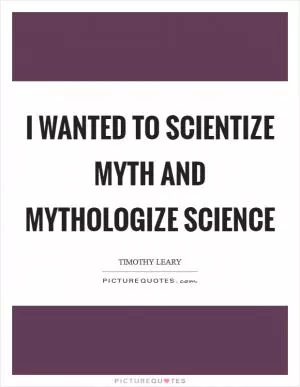

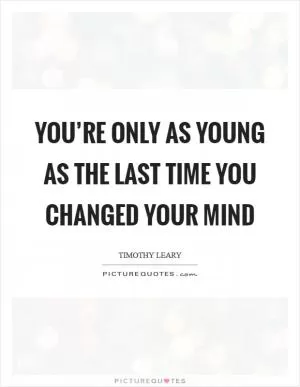
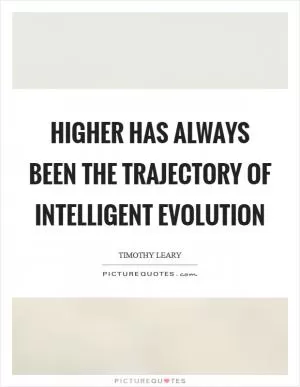
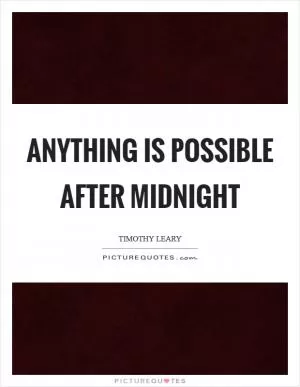



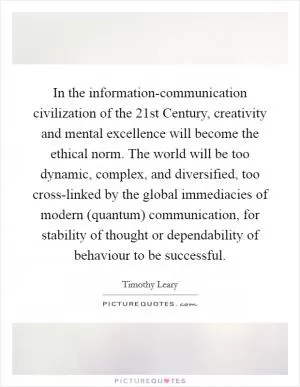
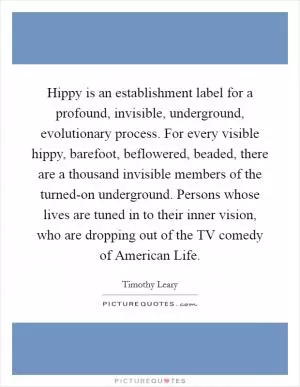

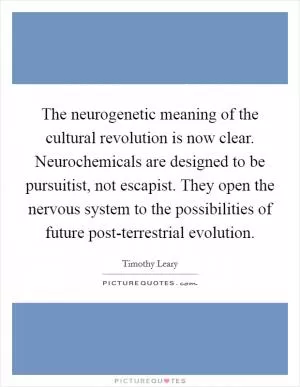
 Friendship Quotes
Friendship Quotes Love Quotes
Love Quotes Life Quotes
Life Quotes Funny Quotes
Funny Quotes Motivational Quotes
Motivational Quotes Inspirational Quotes
Inspirational Quotes